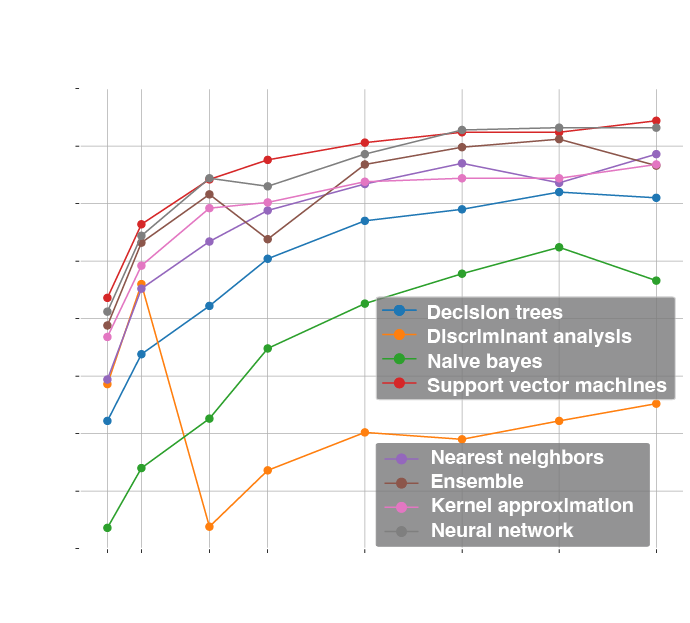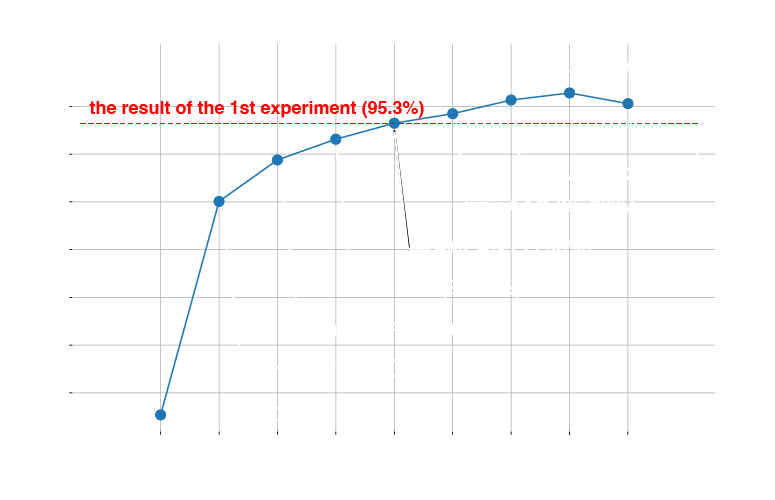
Bruxism, or teeth grinding, is an unconscious habit of clenching or rubbing teeth together, which can lead to various dental problems. There are two types: sleep bruxism, which occurs during sleep, and awake bruxism, which occurs while awake. Diagnosing awake bruxism, in particular, is challenging. To address this issue, we developed a new method to classify five types of bruxism movements and three types of daily jaw movements with high accuracy, using surface electromyography signals obtained from the cheek muscles. After evaluating 40 types of features and 8 types of machine learning algorithms, we achieved a high classification accuracy of 96.57% by extracting specific 8 features using a Support Vector Machine. This technology enables more accurate identification of tooth wear areas caused by bruxism, allowing for appropriate treatment interventions. Furthermore, this research finding has potential applications in the development of medical devices for analyzing other muscle movements and wearable devices capable of identifying human actions.
歯ぎしり(ブラキシズム)は、無意識に歯を食いしばったり擦り合わせたりする習慣で、様々な歯や顎に関する問題を引き起こす可能性があります。睡眠中に起こる睡眠時ブラキシズムと、覚醒時に起こる覚醒時ブラキシズムがありますが、特に覚醒時ブラキシズムの診断は困難です。私たちは、この課題に取り組むため、頬の筋肉から得られる表面筋電図信号を用いて、5種類のブラキシズム動作と3種類の日常的な顎の動きを高精度で分類する新しい方法を開発しました。40種類の特徴、8種類の機械学習アルゴリズムを評価した結果、サポートベクターマシンを用いて特定の8つの特徴を抽出することで、96.57%という高い分類精度を達成しました。この技術により、ブラキシズムによる歯の摩耗部位をより正確に特定し、適切な治療介入を行うことが可能になります。さらに、この研究成果は他の筋肉の動きを分析する医療機器や、人間の動作を識別するウェアラブルデバイスの開発にも応用できる可能性があります。


Publication
- Keiichi Sato, Masahiko Mikawa and Makoto Fujisawa, “Movement Classification Method for Awake Bruxism Using sEMG Signals”, SCIS&ISIS, 2024.
